On June 4, the Center on the United States and Europe hosted the 20th annual Raymond Aron Lecture featuring keynote remarks from Camille Grand, distinguished policy fellow at the European Council on Foreign Relations. This is discussant Mara Karlin’s response to Grand’s delivered remarks. An additional response from discussant Peter Rough is also available.
Following Camille Grand’s thoughtful insights in the 2025 Raymond Aron Lecture, I’d like to offer three reflections on his topic: “The End of the Imperial Republic and the Future of the trans-Atlantic Alliance.”
First, Raymond Aron was genuinely nervous about the state of the transatlantic alliance in 1973, fearing it was at a watershed moment in which a rupture was a possibility; but today’s transatlantic turbulence makes 1973 seem like a much more tranquil time. In 2025, the distance across the Atlantic Ocean seems larger than ever. The 80-year-old post-World War II security, economic, and political order has been devastated. The security architecture—premised on the vision of the United States as the guarantor of European security—was dealt major blows when President Donald Trump declared that America’s commitment to defend allies under NATO Article 5 would be premised on defense spending levels and when he threatened using the U.S. military to take Greenland. The economic architecture—built on the notion that free trade is largely beneficial—faced a similar shock during the Liberation Day tariffs and the subsequent on-again, off-again approach to economic cooperation and competition. And political support for the transatlantic alliance suffered a crucial setback when Vice President JD Vance effectively endorsed far-right parties in Europe during the Munich Security Conference, fundamentally undermining trust between longtime allies.
To be sure, the paradigm of the post-World War II order has been less pristine than many wanted to acknowledge for some years now, as illustrated by China’s island-building campaign in the South China Sea and Russia’s multiple invasions of Ukraine, among other events. In retrospect, we should be grateful for the achievements of the last eight decades, while simultaneously recognizing that the paradigm no longer exists. Aron was right—but he was 52 years too early. And so, conversations are shifting on a wide range of topics in international security. Some are positive, such as increasing defense budgets in Europe; some are much more worrisome, such as U.S. allies in Europe and the Indo-Pacific potentially pursuing latent nuclear capabilities.
Second, much about this new paradigm remains unclear. Grand rightly points out the different ideological camps across the Republican party: the restrainers, prioritizers, and primacists, as he describes them. Their prescriptions for America’s role in the world vary, but their diagnosis contains a shared element: the outsized role of the post-9/11 wars in the American public’s frustration with the reigning paradigm. The tail of the so-called “forever wars” is particularly long for the Republican Party and its base; notably, a number of senior Trump administration officials served in uniform during these wars at a mid-grade level and left their service disillusioned (including Vance, Secretary of Defense Pete Hegseth, Director of National Intelligence Tulsi Gabbard, and former National Security Advisor Mike Waltz).
Now, the long shadow of the post-9/11 wars over the public mood can appear curious given that 0.5% of Americans serve in the military, and most Americans have relatively limited knowledge of the military. Nevertheless, America’s military being at war for the longest period of time in its history has engendered a profound distaste for what can appear to be adventures abroad—as I have described in my book “The Inheritance.” For many Americans, this dislike is translating into a desire to redefine and ultimately limit the country’s global role.
Finally, if one accepts that the paradigm has fundamentally shifted, Grand’s scenarios offer a useful starting point as we try to understand what will replace it. To be sure, they are illustrative rather than exhaustive. To analyze which path we are on over the coming months, the following questions may be useful for observers to consider.
First, what are the outcomes of the U.S. Department of Defense’s global posture review? Specifically, how many of the 85,000 or so U.S. military troops in Europe will be brought home, which U.S. defense capabilities will be maintained in Europe, and across what geography? And to what extent does the United States continue to play a convener role in European and transatlantic security affairs? In NATO, the United States often takes on the crucial responsibility of bringing together a wide range of disparate actors to debate and decide how best to tackle challenges and take advantage of opportunities. On the largest issue in transatlantic security today, Russia’s war on Ukraine, the Trump administration is decidedly not playing that convener role.
Another set of questions looks across Grand’s scenarios and considers what steps make sense for European capitals to pursue regardless of the continent’s future ordering paradigm. Two clear answers emerge. First, increasing defense spending given diminishing U.S. interest in playing the security guarantor role in Europe and the need for Europe to—as has been discussed for a decade and a half—pull its weight with greater military investments. Second, capitals across Europe should broaden and deepen other geometries of partnerships to decrease their reliance on the United States and build military capability and capacity with like-minded partners.
The final question to consider when examining transatlantic relations over the coming months is more domestically focused: how does one effectively make the case to the U.S. public and the Trump administration specifically that a close relationship with Europe is in our mutually beneficial national security interests? For example, the Trump administration has articulated a desire to control Greenland. This territory is indeed strategic for U.S. continental defense, particularly when viewed through the lens of the Golden Dome, a gargantuan missile defense architecture that is currently being designed by the administration. The U.S. military is already consistently able to operate according to its requirements in Greenland, and Greenland remains an autonomous part of the territory of our NATO ally Denmark. So, it would be more costly, ineffectual, and inefficient for the United States to attempt to incorporate Greenland (to say nothing of disastrous to NATO and a major distraction for the U.S. military). Simply put, the status quo is sufficiently beneficial for the United States, and upending it would come with costs in reputation, treasure, and potentially blood.
It is striking that the European desire for transatlantic unity has not been fully snuffed out, despite profound transatlantic turbulence. One can hope that this willingness to maintain a modicum of faith translates into meaningful action across Europe in support of the alliance. Whether the Trump administration will judge these actions to be sufficient is unclear; nevertheless, it is Europe’s moment to choose if the well-trodden path is even worth staying on.
The Brookings Institution is committed to quality, independence, and impact.
We are supported by a diverse array of funders. In line with our values and policies, each Brookings publication represents the sole views of its author(s).

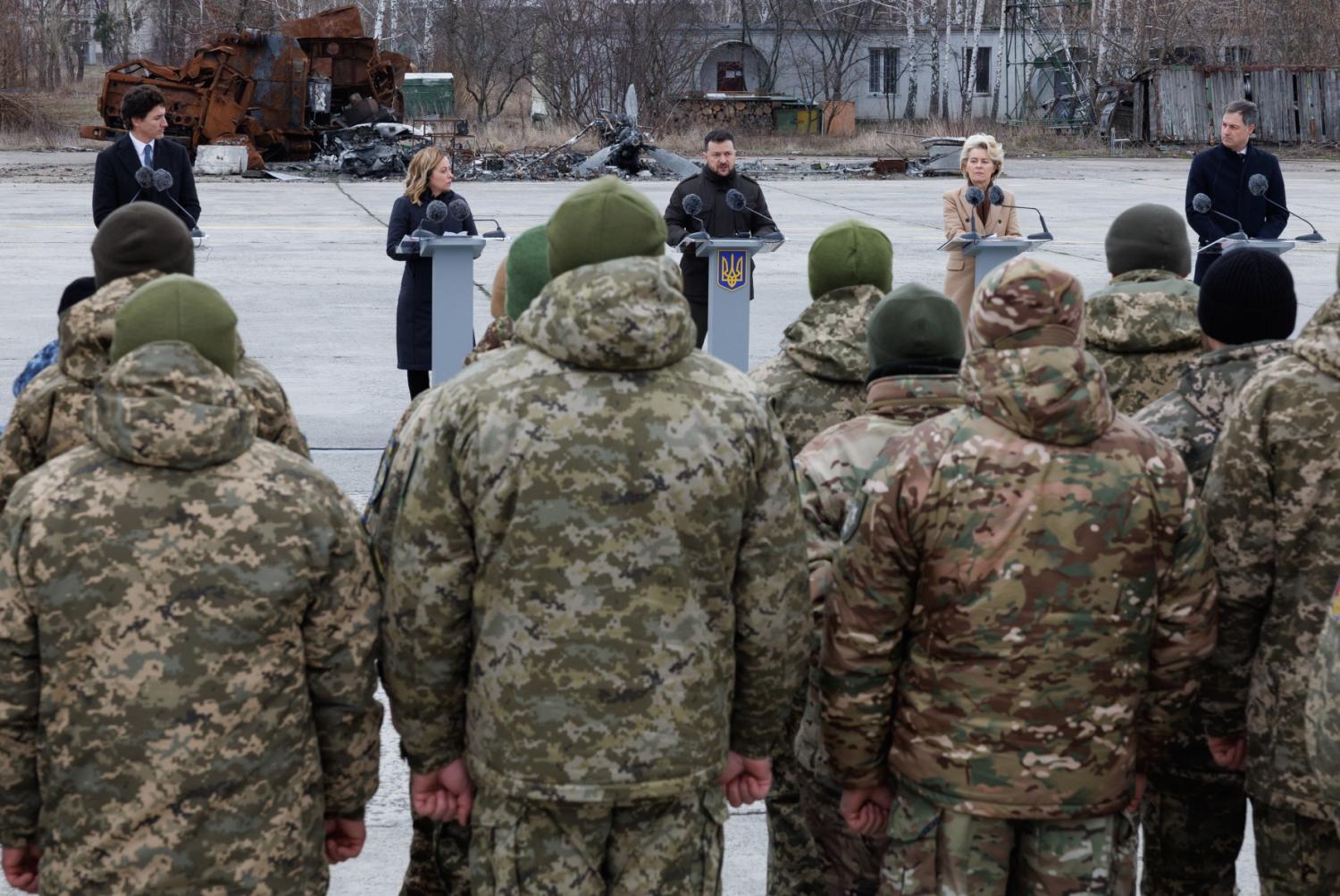
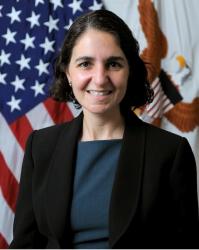
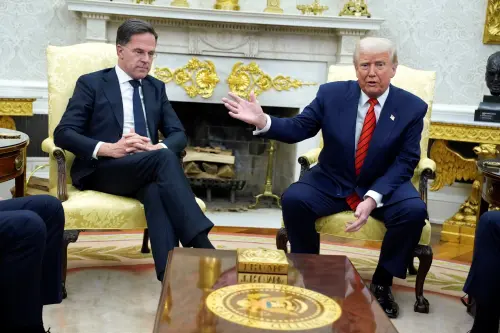
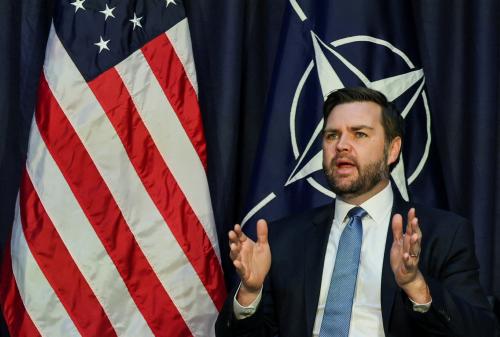
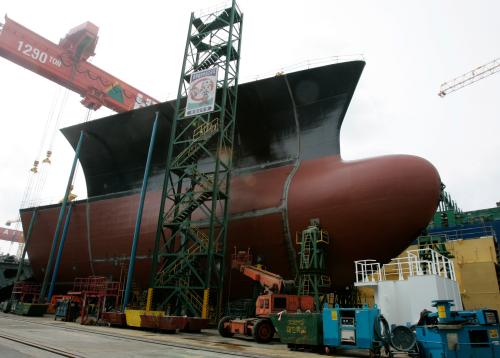
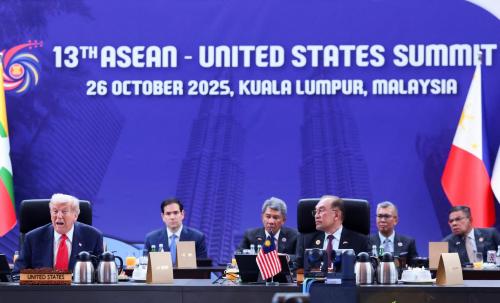
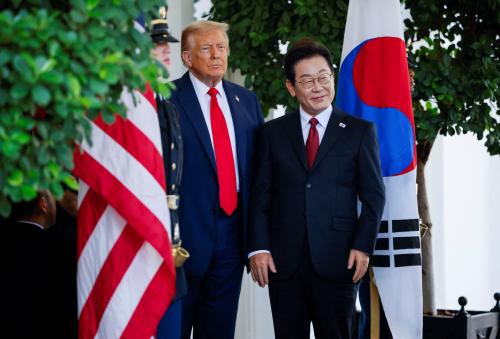
Commentary
America, Europe, and the shifting international order
June 23, 2025